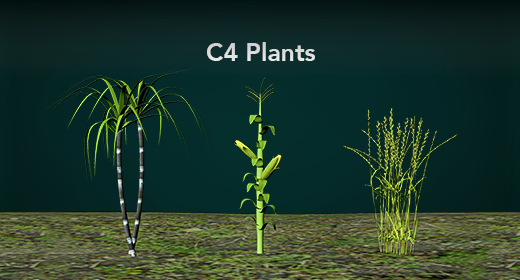Mitochondria
Topic Description
The Mitochondria is an extremely important part of eukaryotic cells. In order for cells to function, they have to be able to go through a multitude of chemical reactions.
Every chemical reaction requires energy! In order to use this energy, the energy must be in the form of an ATP molecule. If you look closer at the mitochondria,
you can see that it is a membrane bound organelle. An even closer inspection shows that it is actually a double membrane organelle.
This outer membrane is smooth and makes up the border of the organelle. It is composed of similarly to the cell membrane in its composition of phospholipids and
proteins. Inner membrane of mitochondria is more complex in structure. It has a very large surface area that is bent into number of folds known as Cristae. This folding
help to increase the surface area inside the mitochondria which is extremely important for efficiency. If you look at the mitochondria in cross section, you can see that
there are two distinctive regions created by the double membrane. First, there is the area between the outer membrane and the inner membrane. This is called
the inter membrane space. As mentioned earlier, the Inner membrane has many folds known as cristae. These cristae increase the available surface area to
enhance the productivity of cellular respiration. The fluid inside the inner membrane of the mitochondria is called the matrix. The function of the
Mitochondria is to take the energy from a glucose molecule and transform that energy into the useable form within ATP molecules.












